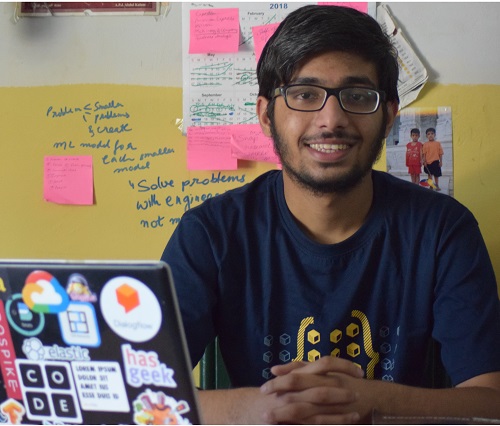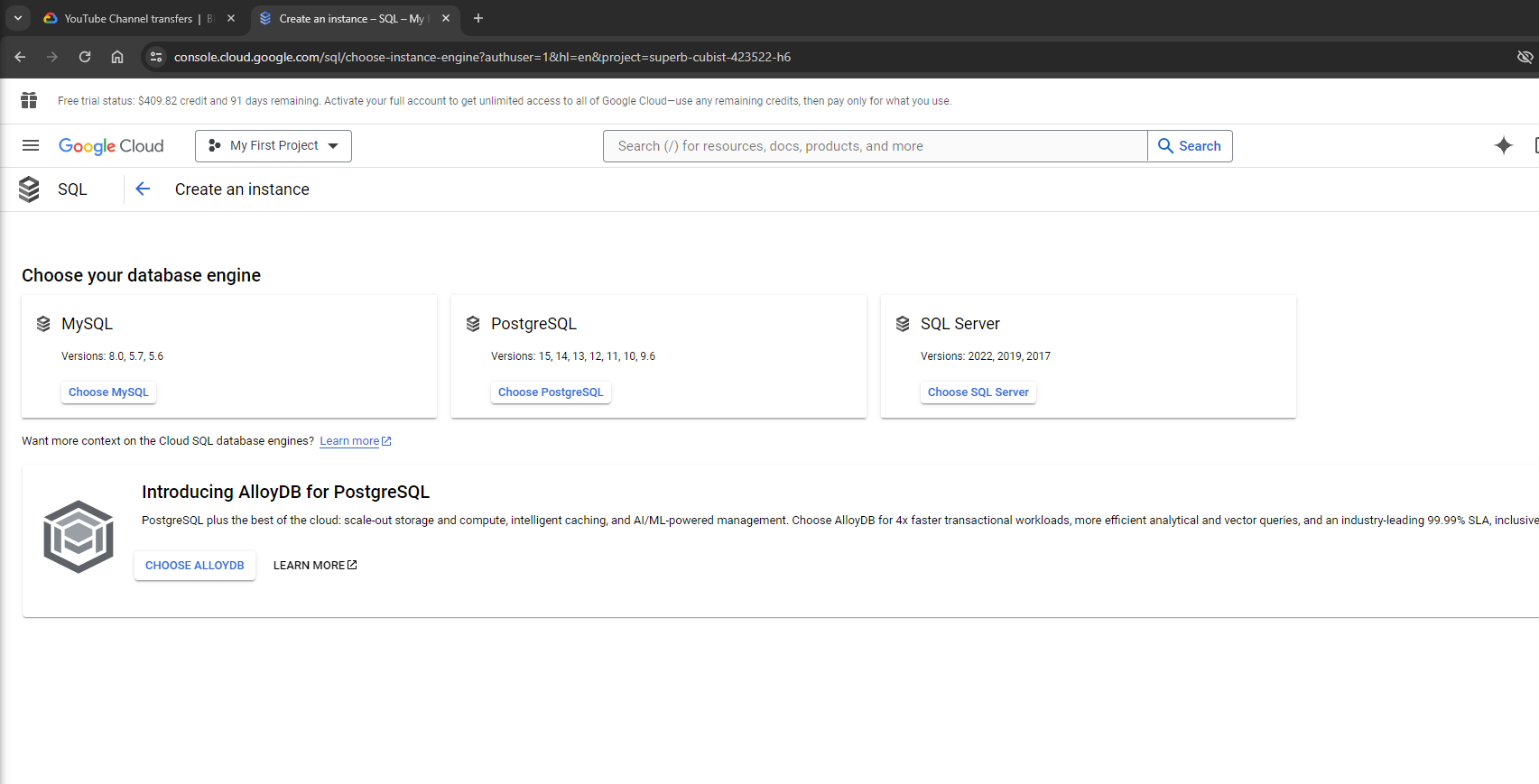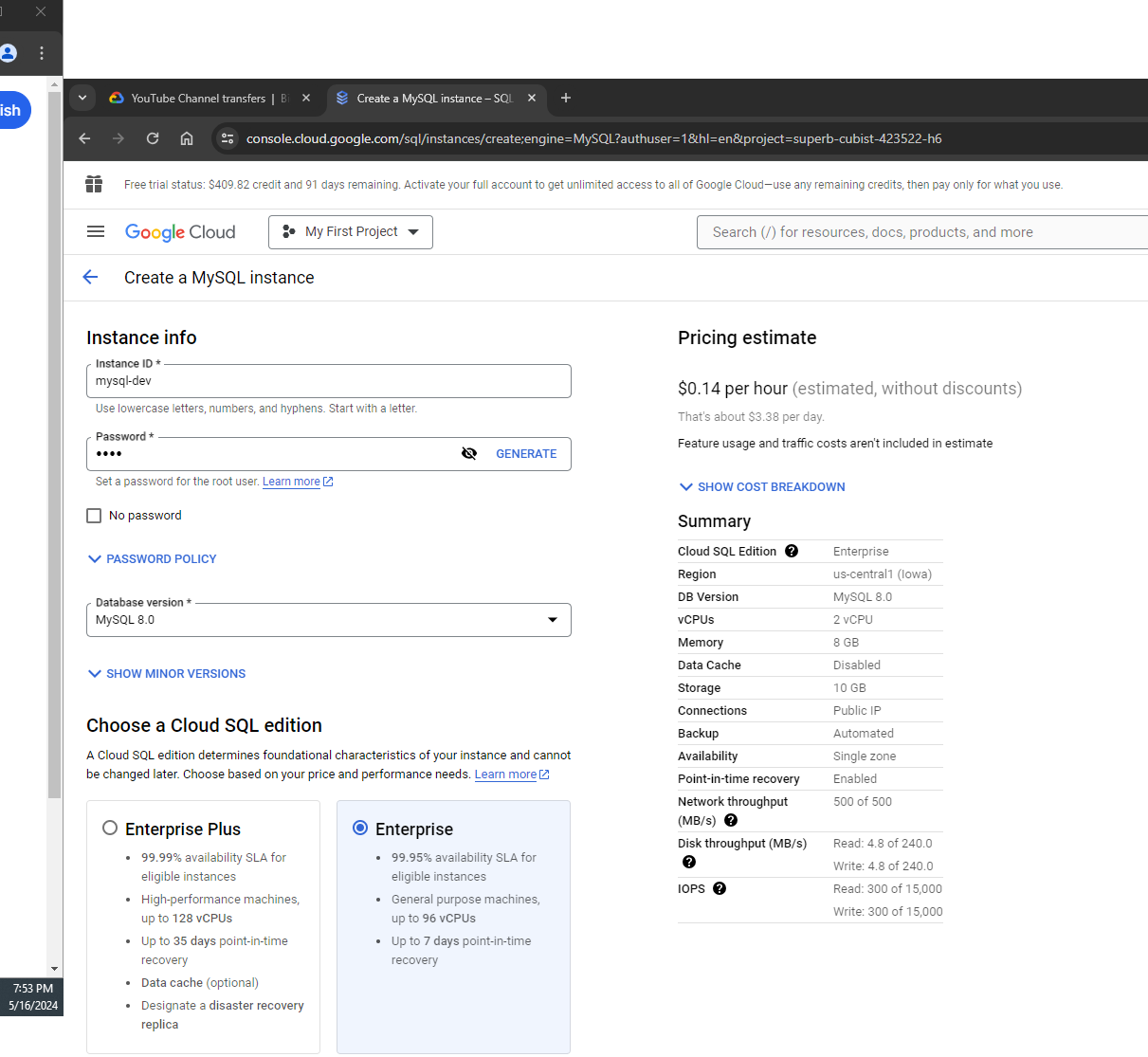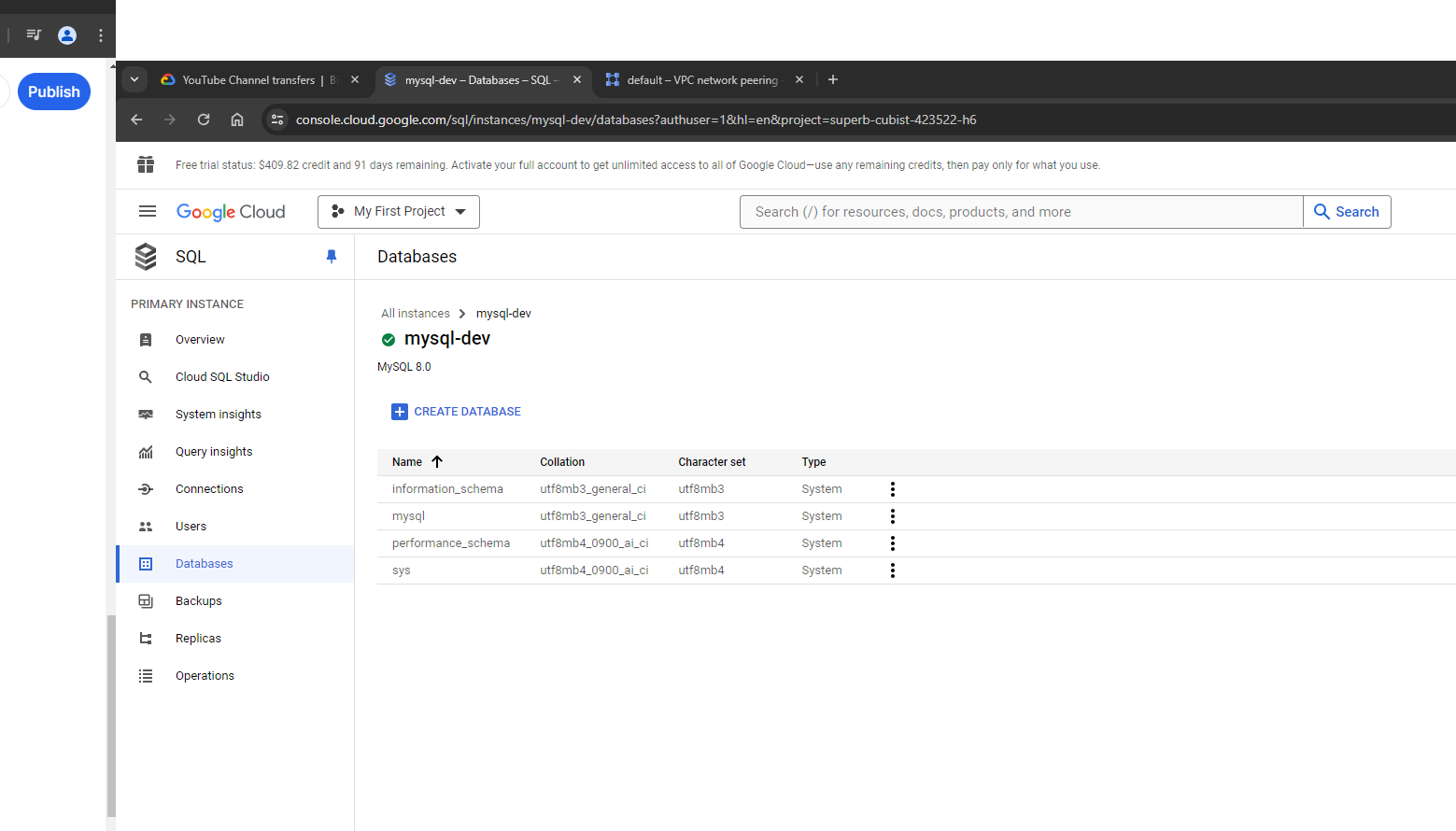Working with SQL in GCP
 Sunny Singh
Sunny SinghCreating a private CloudSQL instance
Go to google console
Select MySQL instance or whatever flavor you want.

See the configurations which I chose for the cheapest alternative:

NOTE: There are many factors and options to keep in mind. Some of the are whether we want it to be on public IP or on private IP. Do we want to delete the instance after our work?
It is also important to select the correct tier as selecting the wrong tier or options could cause underutilization of resources or overspending of money. For instance, for production environment, high availablility, disaster recivery, security and many other factors will come into play unlike a dev environment which we just created above.
Doing the same using Gcloud commands:
//enable the API before usage
gcloud services enable sqladmin.googleapis.com
//creating the server
gcloud sql instances create mysql-server --database-version=MYSQL_8_0 --tier=db-f1-micro --region=europe-west1
//listing the users asscoiated
gcloud sql users list --instance=mysql-server1
//setting the password
gcloud sql users set-password root --host % --instance=mysql-server1 --password pwadmin
//Connecting to the DB
gcloud sql connect mysql-server --user=root
//Resetting the password
gcloud sql users set-password root --host % --instance=mysql-server1 --password rootv2
Connecting to Instance and creating a DB
gcloud sql connect mysql-dev --user=root
Allowlisting your IP for incoming connection for 5 minutes...done.
Connecting to database with SQL user [root].Enter password:
Welcome to the MySQL monitor. Commands end with ; or \g.
Your MySQL connection id is 89
Server version: 8.0.31-google (Google)
Copyright (c) 2000, 2023, Oracle and/or its affiliates.
Oracle is a registered trademark of Oracle Corporation and/or its
affiliates. Other names may be trademarks of their respective
owners.
Type 'help;' or '\h' for help. Type '\c' to clear the current input statement.
mysql> create database appdb;
Query OK, 1 row affected (0.19 sec)
mysql> show databases;
+--------------------+
| Database |
+--------------------+
| appdb |
| information_schema |
| mysql |
| performance_schema |
| sys |
+--------------------+
5 rows in set (0.19 sec)
mysql> \q
Bye
One can also see the DB using the console:

Accessing private cloud methods
Good way: Using a VM on Compute Engine and VPC
Bad way: Serverless services like Cloud Run, Cloud Function and App Engines and there are built in ways to do this.
Ugly way: Doing it from local computer using Bastion Host
Accessing Private cloud SQL from Compute Engine
Important Diagram

Creating a IA Proxy(makes application more secure)
Getting a Compute Engine VM
Creating a mysqlclient (or installing workbench in case of windows)
Finally create connection with the CloudSQL
Detailed Steps
Creating a VM: I created it using the minimum configurations. Use: https://cloud.google.com/compute/docs/instances/create-start-instance
gcloud compute --project=superb-cubist-423522-h6 firewall-rules create iap-access --direction=INGRESS --priority=1000 --network=default --action=ALLOW --rules=tcp:22,tcp:2289 --source-ranges=35.235.240.0/20
Since it is a private IP, it will not have Internet connection. In this situation, we use something called NAT.
Use: https://cloud.google.com/nat/docs/set-up-manage-network-address-translation
Login to the VM:
sudo apt update
sudo apt-get install default-mysql-client
References
These are some very good documentations which I have referred while playing around GCP.
Subscribe to my newsletter
Read articles from Sunny Singh directly inside your inbox. Subscribe to the newsletter, and don't miss out.
Written by
